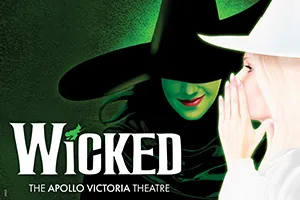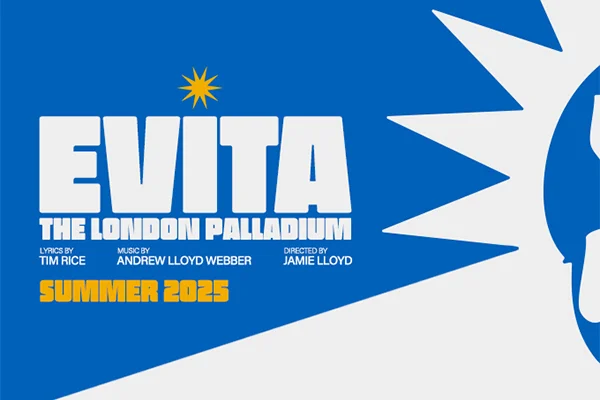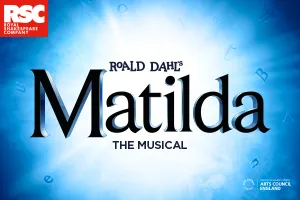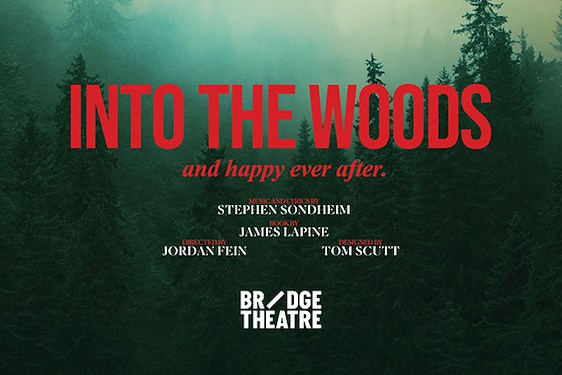Suspended from the ceiling of the Coronet Theatre are five crystalline orbs that almost look like faces. These are the surfaces upon which most of the action – and all the dialogue – in Jon Fosse’s Shadows takes place. Projected onto each surface is a close-up of a young Norwegian child. They recount the experiences and thoughts of elderly couples moving below, in a conceptual and often meandering narrative.
Kari Holtan’s direction is spartan but loaded with an anxiety-inducing aesthetic.
Kari Holtan’s direction is spartan but loaded with an anxiety-inducing aesthetic. Across stage, elderly couples mutely re-enact the physical dependencies of their relationship. These movements are delivered with an almost ritualistic grace: she helps him put on his jacket; he holds her on a park bench, names are unimportant.
Shadows has little ‘narrative’ in a structural sense. It attempts to capture what a relationship over time feels like, far more than recount life events. First impressions, sexual flurries and betrayals are all hinted at, but never unpacked. These personal stories, told via a juxtaposition of infancy and elderly, occasionally capture rare and sensitive insights into other lives. But characterisation often feels limited – the tethers built between each projected child and the performers beneath are regularly rearranged and without contextual details it can be hard to grasp the magnitude of a moment. This makes Fosse’s characters frustratingly close yet far.
The dialogue in Shadows often feels circuitous. The children/ancients explain how they are feeling, how glad they are that the audience have finally decided to show up. They discuss how they met each other. They discuss how they moved away from each other. Fosse’s relationships are impermanent and are defined chiefly by how a couple met and how they left each other. What happens in between is just a sequence of unspecified and perhaps heart-rending details, but these are not the focus of Fosse’s emotionally ambiguous universe.
The orbs are well designed. They evoke the uncanny valley, and beneath each projection of a young child, is a visual reminder of the cellular skull. Life and death share the same space enigmatically, not at odds with each other, but more like long-persevering bedfellows. There is a finality in the design concept which captures both the closeness and separation of Fosse’s sprawling lives.
Shadows is to storytelling what Herodotus is to history. It is opaque, circuitous, and loops in on itself. Shadows is slow. It has moments where pace builds, where a story may be told in heartbeats rather than in looping pathways, but as soon as the play surfaces for air, it dives back down into a benthic gloom.
De Utvalgte’s production delivers emotion sparingly and quickly exhausts its own design premise. The projections often feel whimsical or tedious, and never gripping. Their framing of Shadows delivers a tender thought in action, the idea of a relationship in action, of one yet to happen, and how relationships are remembered whole, or in fragments, at the end.


















